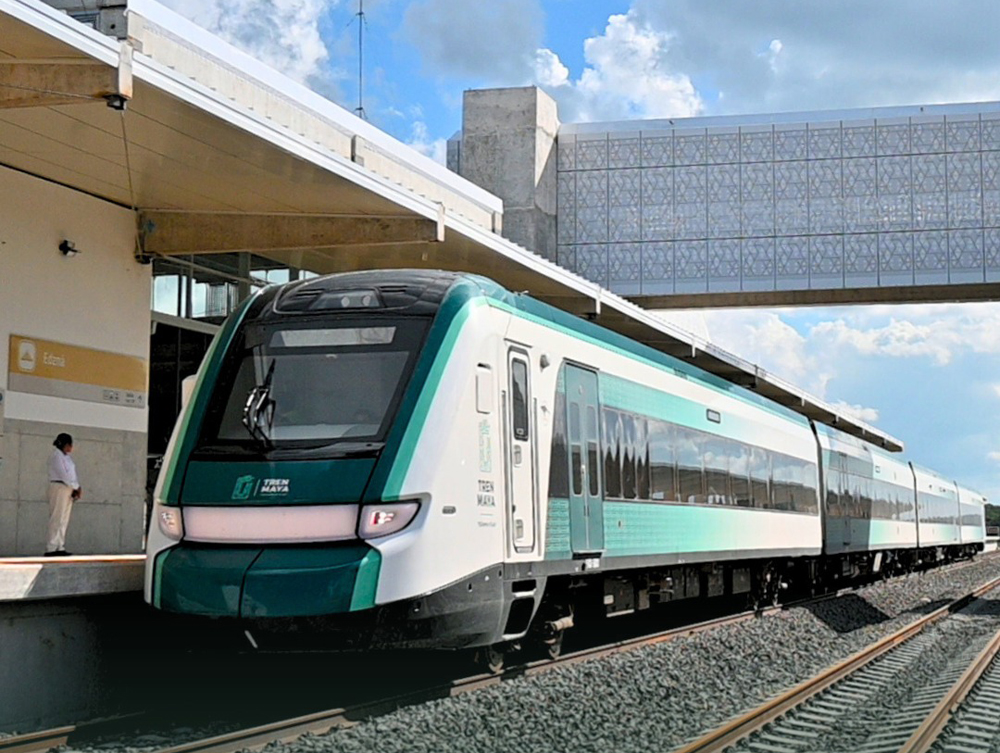
Mexico’s Maya Train — built to attract tourists to sites on the Yucatan Peninsula — has little chance of becoming profitable without the development of freight traffic on the route, the operation’s general director said this month.
The news site Infobae reports that, at a seminar of the Mexican Railway Association earlier this month, Gen. Óscar David Lozano Águila said no railway company in the world reaches profitability solely through passenger operations, and the Maya Train is no exception. “To reach the break-even point, we need cargo,” Lozano Águila said. “It’s a fundamental component.” Toward that end, construction of infrastructure needed for freight operations began in April. The first freight operations could begin in 2026, but full infrastructure work will not be completed until 2027, he said.
Lozano Águila’s statement came shortly after the release of figures showing the passenger operation was deeply unprofitable in its first year, during which only part of the system was operating.
El Financiero reports operating costs were 2.837 billion pesos ($147.7 million) in 2024, against 275 million pesos ($14.32 million) in fares and souvenir sales — or about 9.6% of the costs. The company received some 13 billion pesos ($676.8 million) in government support to address operating expenses and infrastructure work.
El Financiero also reported that only 6% of the train’s passengers are foreign tourists. From December 2023 to May 13 of this year, 77,027 passengers were from outside of Mexico — about 149 per day — which the news site contrasts with the 20 million international visitors who arrive annually at Cancún’s airport.
The first segment of the looping 966-mile (1,554-kilometer) route connecting Cancún to archaelogicial sites around the peninsula opened in December 2023, with the last section completed a year later [see “Mexican president opens final segment …,” Trains News Wire, Dec. 16, 2024].






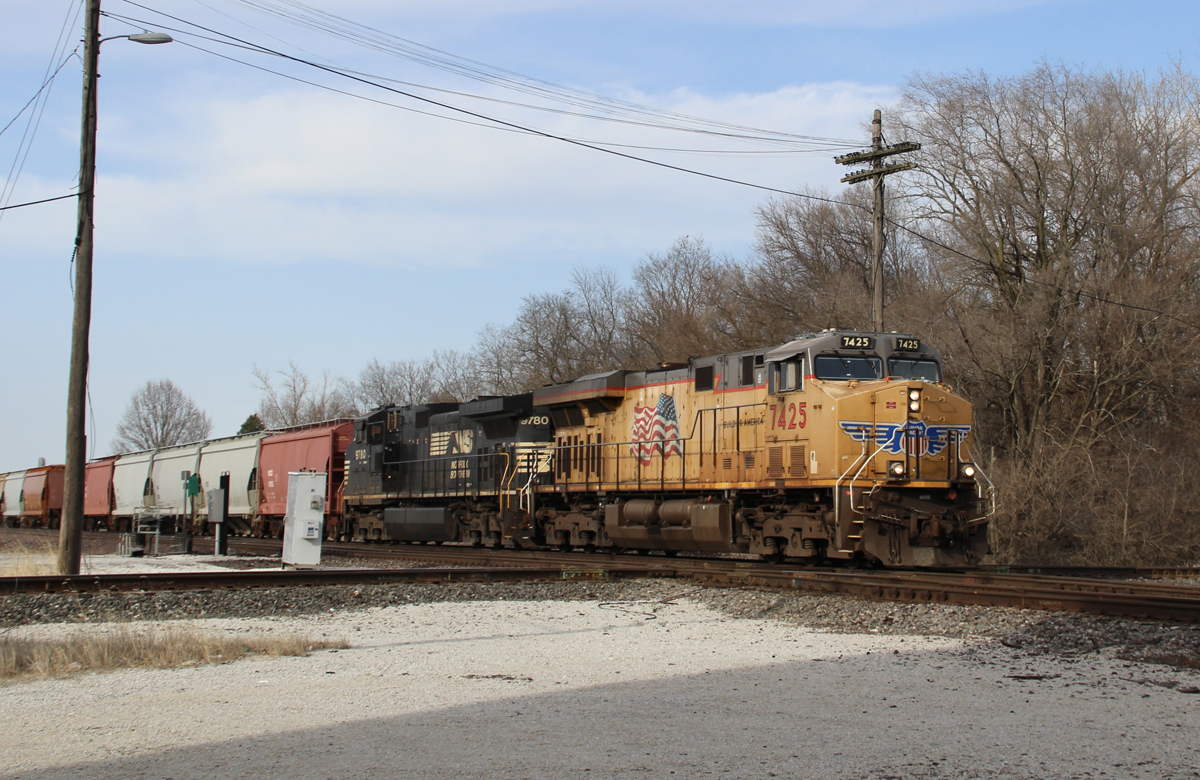
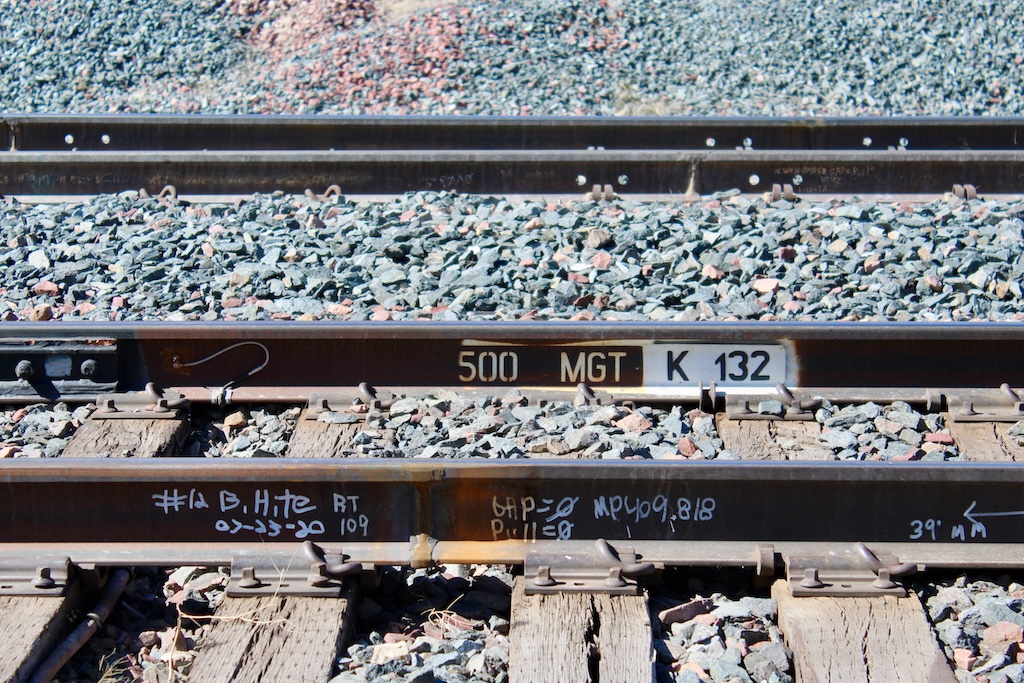
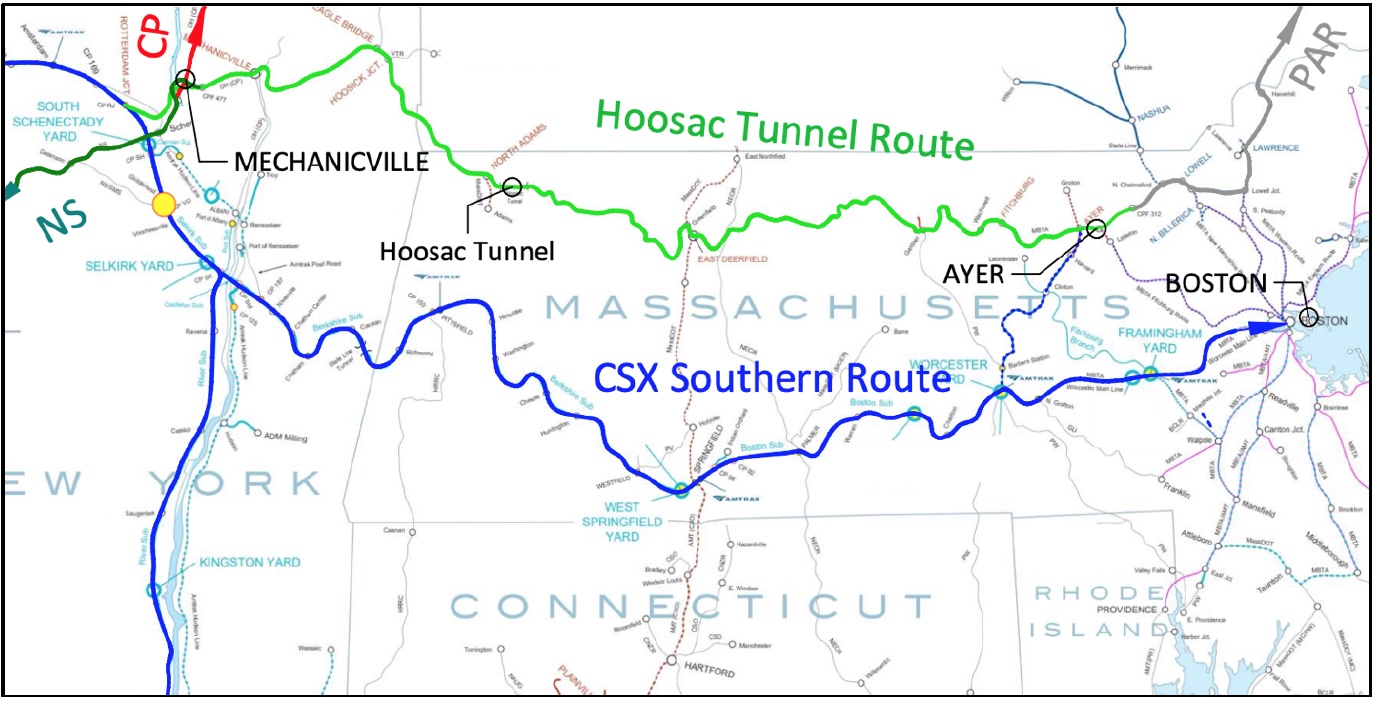

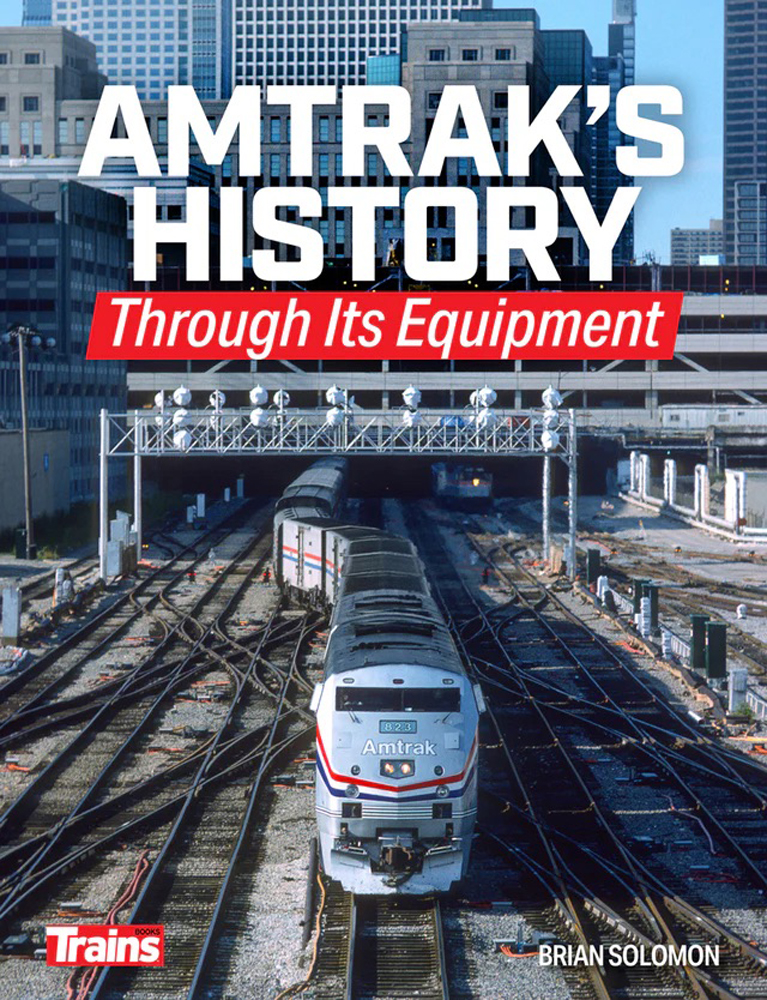
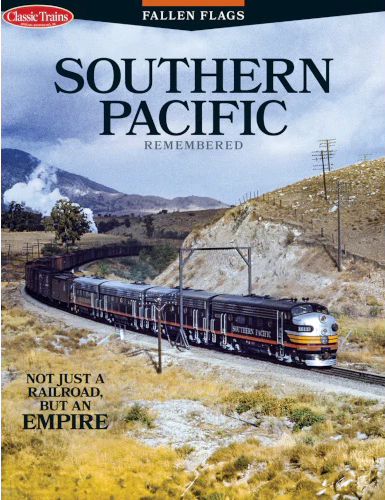
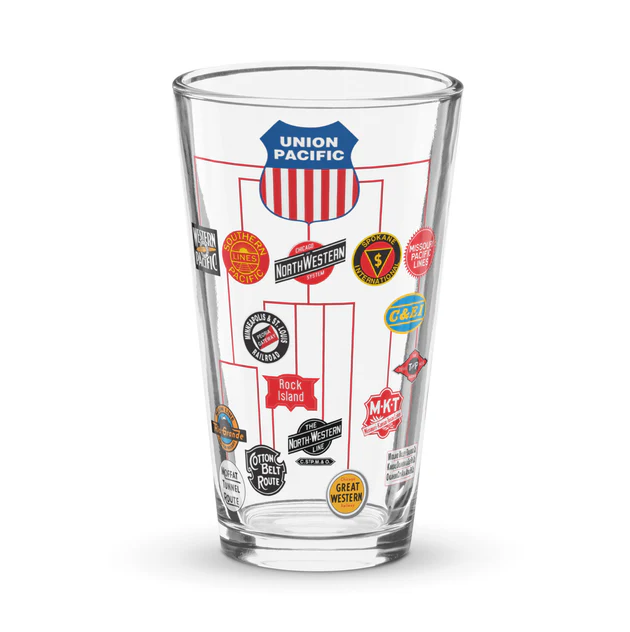
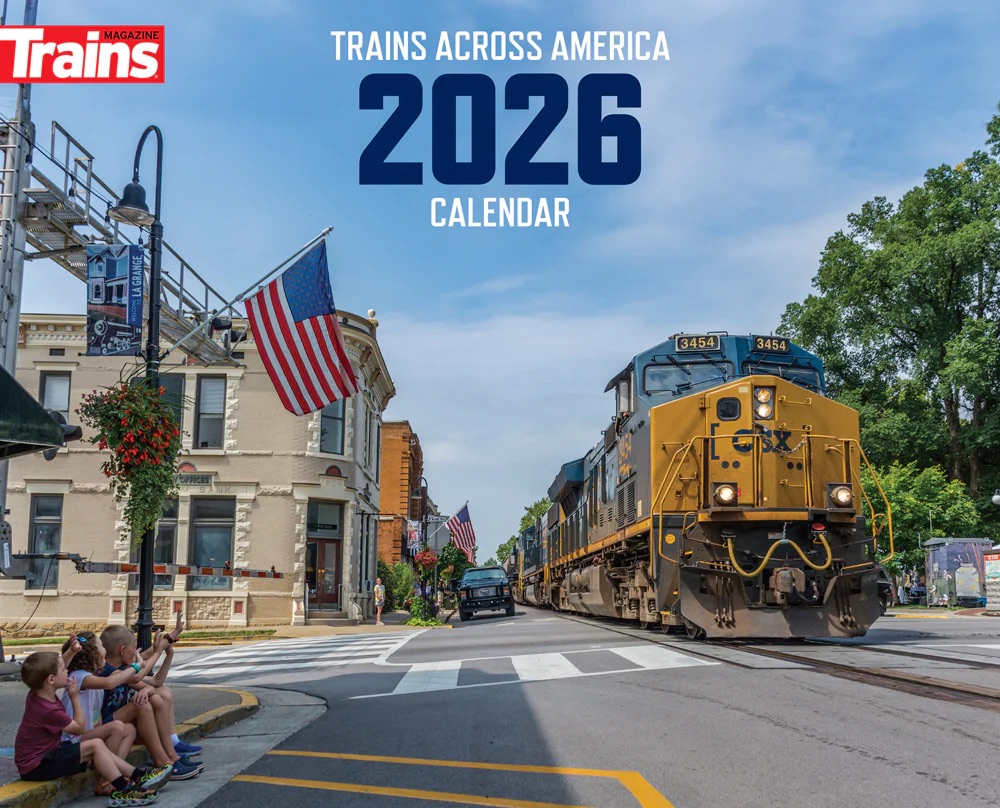
Some people never learn… requires freight business to be successful… Wonder where an example of that operating philosophy close by was? Oh yeah, the US which saw the exit of private rail passenger service in 1978…almost 50 years ago by the freight roads. Go figure…
Thank heavens this new Yucatan RR was built standard gauge, and not 3′ narrow gauge like the old original RR., whose steam locomotive was sold to Disney Land. That allows for future freight expansion with the rest of Mexico and North America.
The last time this was recently discussed here, I believe there was an interest in building a standard gauge Maya interchange with Belize, as well as another standard gauge interchange further south with Guatamala.
https://www.trains.com/trn/news-reviews/news-wire/government-of-belize-seeks-expansion-of-maya-train/
Here’s my best understanding of passenger rail in Mexico, one of the world’s most populous nations:
(1) Government wants to build HSR to the more populated centers. But nothing has been started.
(2) Intercity passenger rail along freight lines in Mexico disappeared from the pages of Trains Magazine over fifty years ago. Seems that’s because the trains disappeared. Whereas intercity passenger trains hung on in Canada and USA, I can’t find a single reference to their existence in Mexico for the last half century. This despite a strong rail freight network.
(3) Local Metros do exist in the big cities, apparently built and operated to high standards.
So, Mexico’s solution to the apparent absence of intercity passenger trains linking its big cities along existing freight lines, is to build an all-new, very expensive train in a thinly populated tourist area — a new train that connects to nothing and seems to have little prospect of success.
Do I get this straight?
Passenger trains in Mexico lasted until the 90s, when NdeM was privatized. Equipment was mostly old 40s-50s cast-offs from the US. There were newer Japanese coaches. Copper Canyon has run continuously.
Tren Maya serves a huge tourist area and mid sized cities, far in excess than Alaska, which is a reasonable comparison for tourism potential. The train hits all the major Mayan ruins that are world class national parks.
The project was certainly a political one for the former president Obredor. Sheinbaum is a PhD engineer; she ain’t stupid and was elected in a 70% landslide and has an 80% approval rating.
Given the inability of Amtrak or Via to increase train frequency and reliability, dedicated ROW is a good idea.
Neoliberal privatization killed Mexico’s passenger trains. Long term leases to KCS and UP helped, too. I cannot think of an instance where large scale privatization resulted in better service; other than onesy-twosy examples which don’t count. Sheinbaum is developing new passenger lines and investing in container ports and trains far in excess of anything in the US.
It’s the US “that can’t run passenger trains on its existing rail lines in heavily populated areas,” Canada flanks that test, too.
Cancun airport handles 20M international passengers a year. Cruise lines bring millions more. Integrating Tren Maya into packages will happen. Think of Alaska RR or WP&Y and both have short seasons. Apparently both are worthwhile.
Farebox recovery is 9.6% of operating costs. I assume that capital recovery is in addition to operating costs. There is maybe $3 Million (USDollars) in capital costs within the four borders of that picture, let alone the whole route.
Is anyone the least bit surprised by these numbers?
Mexico is a country that let its passenger rail system go to seed, moreso even than Canada and USA. A country that can’t run passenger trains on its existing rail lines in heavily populated areas, was beyond crazy to build a whole new rail line in the less populated Yucatan.
One can see in the photo the extremely high standards of the roadbed and the passenger station, worthy of the best passenger rail anywhere in North America. For what purpose?
It’s called “votes”…
Any hope of this train ever being profitable never really existed as with most any passenger train operation. But now that it’s fully operational and once the tourists industry has time to fully integrate it into their itineraries hopefully it will gain more value. My wife and I have added it to our bucket list of trains to ride.
Have a good ride, both of you — but for us Norteamericanos, it’s not basic transportation, it’s a tourist train we ride after a long flight.
I too have a wife who loves trains. We drove for hours from Denver’s NE exurbs, to Canon City (Colorado) to ride a tourist train ten miles. The Canyon Train is beyond wonderful but it’s no more a form of transportation than is a ride at Disneyland.
I agree Charles. Tourists trains like the ones in the U.S. and the Maya train in Mexico seem to be more aimed at tourists than local passenger service. As the article reads in 2024 before the line was completed a little less than 10 percent of the lines riders were tourists. Hopefully that will grow along with local patronage increases. I believe over the long haul this line will be a good investment especially after the freight component is added.